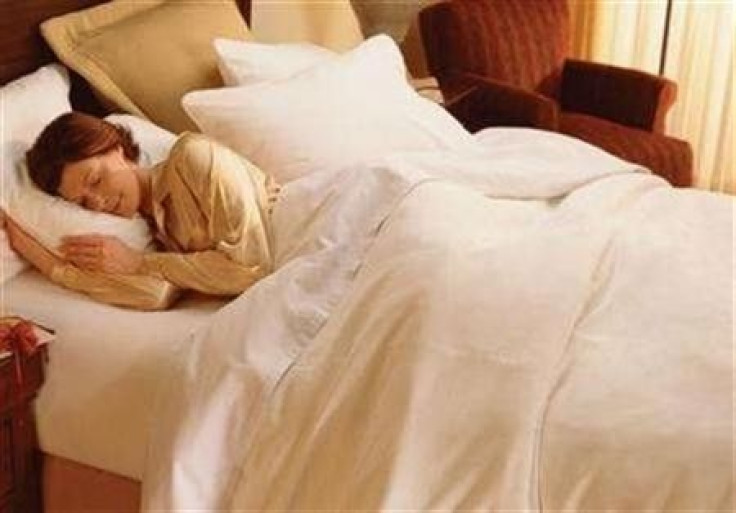Sleepwalking Has A Genetic Connection: Study

Parents with a history of sleepwalking can expect their children to sleepwalk too, a latest research has claimed. According to a study conducted by Canadian researchers, sleep terrors and sleepwalking has a genetic connection, as these behaviours tend to run in the families.
The study conducted by the researchers at the Centre for Advanced Research in Sleep Medicine at Sacre Coeur Hospital at the University of Montreal, has claimed that the children with parents who are or were once a sleepwalker, are three to seven times more likely to sleepwalk themselves. According to the researchers, the chances of sleep walking in children are higher, if both the parents have a history of sleepwalking.
The study results show that with both the parents having a history of sleepwalking, almost two-third children were found to be sleepwalkers. In addition, about 47 percent of the child population studied, belonged to the parent with a sleepwalking history. Only 23 percent of the children, who had parents with no history of sleepwalking, reported the problem.
“These findings point to a strong genetic influence on sleepwalking and, to a lesser degree, sleep terrors,” said researcher Jacques Montplaisir.
During sleepwalking or somnambulism, sleep walkers can comfortably roam around the house or climb stairs up and down. In some reported cases, they can even prepare and consume snacks. Interestingly, the sleepwalking individual does not remember anything later. Sleepwalking is commonly reported in children than adults.
"Not all sleepwalking is problematic. Very often you don't need to do anything with sleepwalking. But in some rare cases there's potential for injury," said author Dominique Petit.
Petit has warned the parents to consider using door alarms if their children tend to sleepwalk at night. She further explained how a few children have died of hypothermia in the past because they sleepwalked outside in the winters and slept back in the snow.
The research has been published online in the journal, JAMA Pediatrics.
To report a problem or to leave a feedback on the article, send an email to emailtoguneet@gmail.com.






